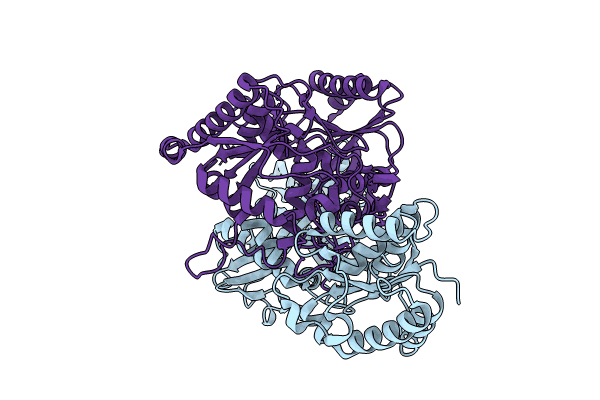
Deposition Date
2023-09-20
Release Date
2024-01-31
Last Version Date
2025-07-09
Entry Detail
PDB ID:
8QLO
Keywords:
Title:
CryoEM structure of the apo SPARTA (BabAgo/TIR-APAZ) complex
Biological Source:
Source Organism:
Bacillales bacterium (Taxon ID: 1904864)
Host Organism:
Method Details:
Experimental Method:
Resolution:
2.57 Å
Aggregation State:
PARTICLE
Reconstruction Method:
SINGLE PARTICLE


